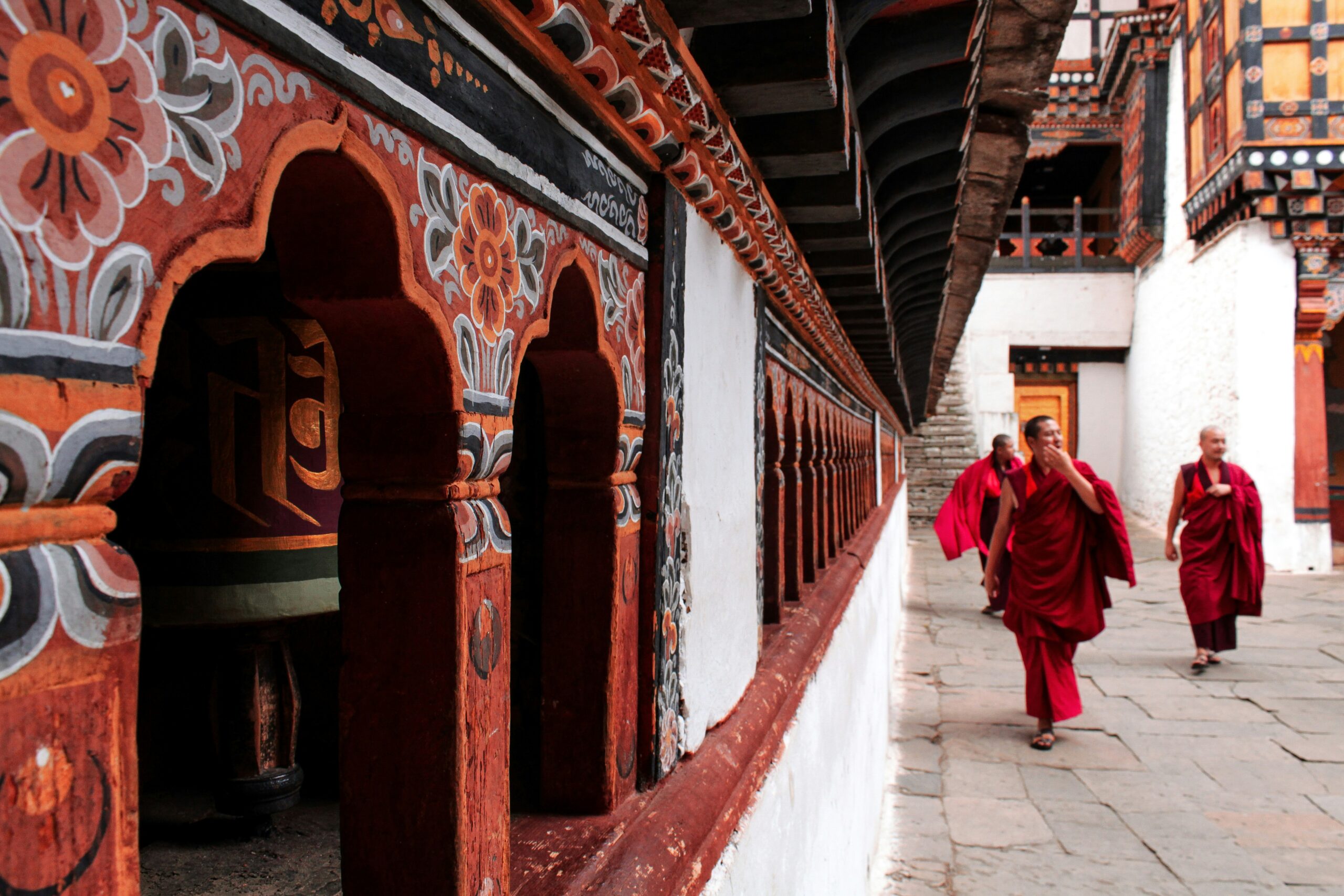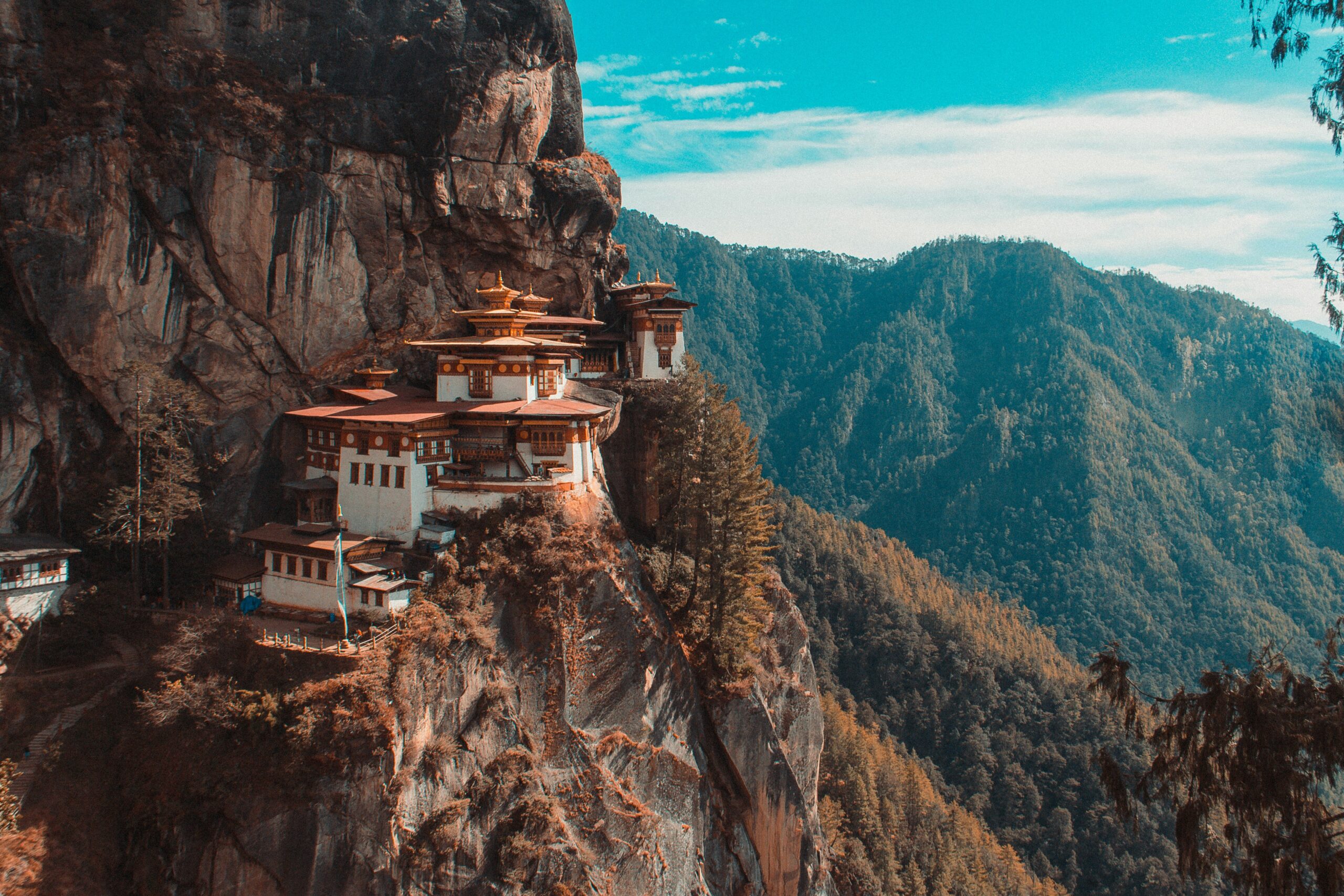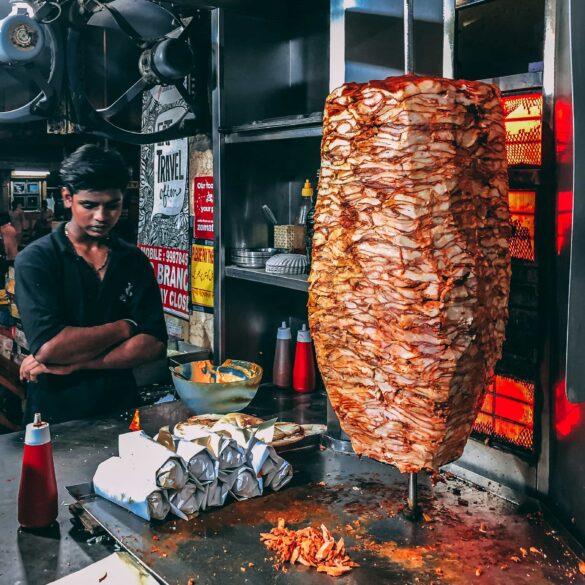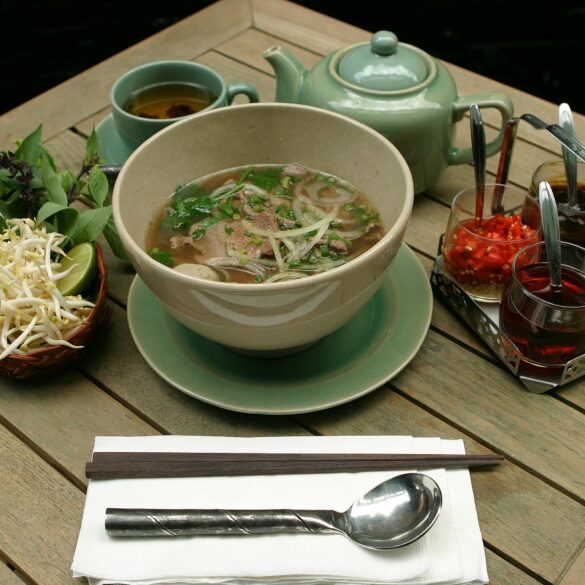Bhutan Travel Guide: Complete Kingdom Adventure Planning
Honestly, I still get goosebumps thinking about my first glimpse of Bhutan’s prayer flags fluttering against the Himalayan backdrop. After visiting over forty countries, I can confidently say—this Kingdom genuinely lives up to its mystical reputation. But here’s what most travel guides won’t tell you: Bhutan isn’t just another destination you check off your bucket list. It’s a transformative experience that challenges everything you think you know about happiness, progress, and what truly matters in life.
Fascinating Bhutan Facts
Carbon-Negative Achievement: Bhutan absorbs more carbon dioxide than it produces, making it one of only three carbon-negative countries globally. The constitution mandates maintaining 60% forest coverage—currently at 71%.
Television Introduction: Bhutan was the last country to introduce television (1999) and the internet, maintaining careful cultural preservation while embracing selective modernization.
What struck me most during my three visits wasn’t just the dramatic landscapes—though those Tiger’s Nest monastery views are genuinely breathtaking. It was watching locals prioritize community wellbeing over individual accumulation. The famous Gross National Happiness index isn’t just tourism marketing; it’s a lived philosophy I witnessed in countless daily interactions.
Back when I first started traveling to Bhutan in 2019, I’ll admit I was skeptical about the “Last Shangri-La” claims. Having covered numerous destinations making similar promises, I expected beautiful scenery with typical tourist infrastructure. What I discovered completely shifted my perspective on sustainable tourism and cultural preservation.
The Dragon Kingdom—as Bhutan translates to—operates on principles that feel revolutionary in our productivity-obsessed world. During my conversations with local guides, I learned that Bhutanese people regularly ask themselves four questions before making decisions: Is it good for the environment? Does it preserve culture? Will it promote sustainable development? Does it serve good governance? 1
This isn’t just philosophical musing—it’s practical policy affecting every aspect of your travel experience. From the daily tourism fee structure to monastery photography restrictions, every regulation serves multiple purposes: protecting local culture, controlling overtourism, and ensuring visitor experiences remain authentic rather than commercialized.
Interestingly enough, what initially frustrated me about Bhutan’s travel restrictions eventually became what I most appreciated. The mandatory guided tours, which I initially viewed as limiting freedom, actually provided access to cultural insights I’d never gain traveling independently. My guide, Tenzin, didn’t just show me locations—he shared stories passed down through generations, explained subtle cultural nuances, and helped me understand the deeper significance of rituals I was witnessing.
Why Bhutan Deserves Your Travel Investment
Let’s be completely honest about costs upfront. Bhutan requires a minimum daily package fee—currently around $200-250 per person in peak season 2. For budget travelers, this initially seems prohibitive. But having experienced the all-inclusive value, I’ve consistently found it represents exceptional worth when you consider what’s included: accommodation, meals, transportation, guides, and entry fees to all attractions.
What really excites me about Bhutan is how it challenges typical travel assumptions. In most destinations, you’re constantly deciding between authentic experiences and tourist-friendly options. In Bhutan, the tourism infrastructure is designed to provide authentic experiences while maintaining cultural respect. You’re not choosing between “real” and “fake”—you’re accessing genuine cultural interactions within a framework that benefits local communities.
Cultural Immersion & Spiritual Experiences
The moment you step off the plane in Paro, you’re immediately struck by something different. Everyone’s wearing traditional dress—not as a tourist performance, but as daily attire. The gho (for men) and kira (for women) aren’t costumes; they’re required business attire, school uniforms, and cultural expressions all rolled into one. 3
During my visits, I’ve noticed how this commitment to traditional dress creates an atmosphere you simply can’t replicate elsewhere. When I attended a local festival in Thimphu, I didn’t feel like an outsider observing a cultural performance—I felt like a welcomed guest participating in a living tradition. The respect shown to visitors while maintaining cultural authenticity is something I’ve rarely experienced in other destinations.
Essential Cultural Experiences
- Tiger’s Nest Monastery hike – 3-hour trek to Bhutan’s most iconic monastery
- Thimphu Weekend Market – authentic local produce and traditional crafts
- Punakha Dzong – architectural masterpiece at river confluence
- Traditional archery demonstrations – national sport with ceremonial significance
- Monastery morning prayers – spiritual immersion with local monks
- Traditional weaving workshops – women’s cooperatives preserving ancient techniques
The Tiger’s Nest monastery hike deserves special mention—not just for the Instagram-worthy photos, but for the spiritual journey it represents. I’ve guided friends up this trail three times now, and each experience reveals different layers. The initial climb feels challenging, but the monastery’s precarious position becomes more meaningful when you understand it was built where Guru Rinpoche meditated for three years, three months, three weeks, and three days. 4
| Experience | Duration | Best Season | Cultural Significance |
|---|---|---|---|
| Tiger’s Nest Trek | 3-4 hours | March-May, Sept-Nov | Sacred pilgrimage site |
| Monastery Morning Prayers | 1-2 hours | Year-round | Daily spiritual practice |
| Traditional Festivals | Full day | Varies by festival | Community celebration |
| Dzong Architecture Tours | 2-3 hours | March-October | Administrative heritage |
What’s fascinating about Bhutanese Buddhism is how it permeates daily life without feeling imposed. I remember watching government officials remove their shoes before entering administrative buildings, participating in morning prayers before conducting official business. This integration of spiritual practice with secular activities creates an atmosphere of mindfulness that affects visitors whether they’re religious or not.
The monastery experiences require cultural sensitivity, but the monks are remarkably welcoming to respectful visitors. During my time at Tashichho Dzong, I was invited to observe evening prayers—not as a tourist attraction, but as a genuine cultural exchange. The head monk spent thirty minutes explaining Buddhist concepts through my translator, answering questions about meditation practice and philosophical principles. 5
The traditional arts and crafts scene offers another layer of cultural depth. I’ve spent hours watching master weavers create intricate textiles using techniques passed down through generations. These aren’t tourist demonstrations—they’re working cooperatives where women support their families while preserving cultural heritage. The complexity of traditional Bhutanese textiles rivals anything I’ve encountered globally, with some pieces taking months to complete. 6
Festival Calendar & Cultural Events
Timing your visit around traditional festivals transforms the experience entirely. The spring Paro Tsechu and autumn Thimphu Tshechu represent Buddhism’s most significant celebrations, featuring masked dances, traditional music, and community gatherings that welcome visitors as participants rather than spectators. 7
During Thimphu Tshechu, I watched families arrive from remote villages, wearing their finest traditional dress, carrying homemade food to share with strangers. The generosity extended to visitors surprised me—multiple families invited me to join their picnics, sharing traditional dishes while explaining the significance of different ceremonial dances. This wasn’t organized tourism; it was spontaneous cultural exchange that enriched my understanding of Bhutanese values.

Practical Travel Planning & Permits
Here’s where I need to be brutally honest about Bhutan’s logistics—they’re both simpler and more complex than typical destinations. The good news? Once you understand the system, everything flows smoothly. The challenging news? Independent travel isn’t possible; all tourists must book through licensed operators. 8
I’ve worked with three different tour operators over my visits, and the quality varies significantly. My recommendation? Don’t simply choose based on price. I made this mistake initially and ended up with a rushed itinerary that barely scratched the surface. The operators I now recommend prioritize cultural immersion over tourist site checking, providing guides who function as cultural bridges rather than mere translators.
Essential Planning Timeline
- Book tour operator 3-4 months advance (peak season)
- Submit visa application through operator
- Receive visa approval letter before travel
- Book flights to Paro (limited daily flights)
- Prepare for high-altitude activities if trekking
- Pack layers for dramatic temperature variations
The visa process initially seemed bureaucratic, but I’ve learned it serves multiple purposes beyond revenue generation. The requirement to book through local operators ensures tourism benefits reach local communities rather than international corporations. After seeing the economic impact in remote villages, I understand why this policy matters for sustainable development. 9
Flight logistics require careful planning since Druk Air and Bhutan Airlines operate limited routes. I’ve found that booking connecting flights through Delhi, Bangkok, or Kathmandu provides the most flexibility. The Paro airport approach, threading between mountain peaks, ranks among the world’s most challenging landings—only certified pilots can navigate this route. 10
Seasonal Travel & Weather Patterns
Bhutan’s seasonal variations dramatically affect your experience, and I’ve visited during three different seasons to understand these patterns. Spring (March-May) offers rhododendron blooms and clear mountain views, but crowds increase significantly. Autumn (September-November) provides excellent weather and festival opportunities, making it peak season with corresponding costs.
| Season | Weather | Advantages | Considerations |
|---|---|---|---|
| Spring (Mar-May) | Mild, clear skies | Rhododendrons, comfortable trekking | Higher crowds, peak pricing |
| Summer (Jun-Aug) | Monsoon rains | Lush landscapes, fewer tourists | Limited mountain views |
| Autumn (Sep-Nov) | Perfect conditions | Clear views, ideal trekking | Peak season pricing |
| Winter (Dec-Feb) | Cold, dry | Lower costs, authentic culture | Limited high-altitude access |
Winter travel, which I discovered during my February 2022 visit, offers unique advantages despite cold temperatures. Tourist numbers drop significantly, creating opportunities for more intimate cultural exchanges. Hotel heating systems work well, and clear skies provide stunning Himalayan views. However, high-altitude trekking becomes challenging due to snow conditions. 11
Budget Planning & Cost Breakdown
Let me address the elephant in the room—Bhutan’s daily fee structure. Currently, tourists pay around $200-250 per person per day during peak season, with slight reductions during off-season periods. This covers accommodation, meals, transportation, guide services, and entrance fees to all attractions. 12
Initially, this seemed expensive compared to independent travel in neighboring countries. However, after calculating equivalent costs for similar services elsewhere, I realized the daily fee represents reasonable value. In Nepal or India, hiring private guides, staying in comparable accommodations, and organizing transportation would easily reach similar costs without the cultural depth Bhutanese operators provide.
Additional costs to consider include international flights, visa fees, personal expenses, and tips for guides and drivers. I typically budget an extra $50-100 per day for souvenirs, additional drinks, and optional activities not included in the standard package. Quality traditional textiles and handicrafts justify these additional expenses, especially considering their cultural significance and craftsmanship. 13
Group travel can reduce individual costs significantly. I’ve organized trips with 4-6 people, sharing accommodation and transportation while maintaining personalized guide services. This approach works particularly well for families or friend groups who want authentic experiences without solo travel premiums.
Sustainable Tourism & Local Impact
What genuinely impresses me about Bhutan’s tourism model is its commitment to “High Value, Low Impact” principles. This isn’t just marketing language—it’s a comprehensive approach that prioritizes environmental protection, cultural preservation, and community benefits over visitor numbers. 14
During my visits, I’ve witnessed how tourism revenue directly supports local communities. In remote villages, homestay programs provide additional income while preserving traditional lifestyles. These aren’t artificial cultural performances—they’re genuine family experiences where visitors participate in daily activities like yak herding, traditional cooking, and festival preparations.
The environmental impact consideration extends beyond carbon neutrality to practical conservation efforts. National parks cover over 50% of Bhutan’s territory, and tourism fees directly fund conservation programs. 15 I’ve hiked trails maintained by tourism revenue, stayed in eco-lodges powered by renewable energy, and participated in reforestation projects during extended visits.
Sustainable Travel Practices
- Support local craft cooperatives over imported souvenirs
- Participate in monastery conservation projects
- Choose homestays in rural areas when possible
- Respect photography restrictions in sacred spaces
- Learn basic Dzongkha phrases for cultural appreciation
- Minimize plastic waste through reusable containers
The most significant realization from my Bhutan experiences is how tourism can support rather than exploit local culture. Unlike destinations where increased tourism leads to cultural commodification, Bhutan’s regulated approach ensures visitor experiences remain authentic while providing economic benefits to local communities.
Looking ahead, I’m excited about Bhutan’s evolving tourism offerings. New hiking trails, cultural programs, and sustainable accommodation options continue developing while maintaining the country’s core values. The balance between preservation and progress that I’ve observed offers lessons for sustainable tourism globally.
My strongest recommendation? Don’t approach Bhutan as another destination to conquer. Come prepared for transformation. The Kingdom challenges typical travel assumptions about value, efficiency, and success. Whether you’re interested in spiritual exploration, cultural immersion, or environmental conservation, Bhutan offers experiences that extend far beyond typical vacation memories.
The investment required—both financially and intellectually—returns dividends in perspective, cultural understanding, and personal growth. Three years after my first visit, I still reference lessons learned in Bhutan when making decisions about sustainability, community, and what constitutes genuine progress.
References & Sources



